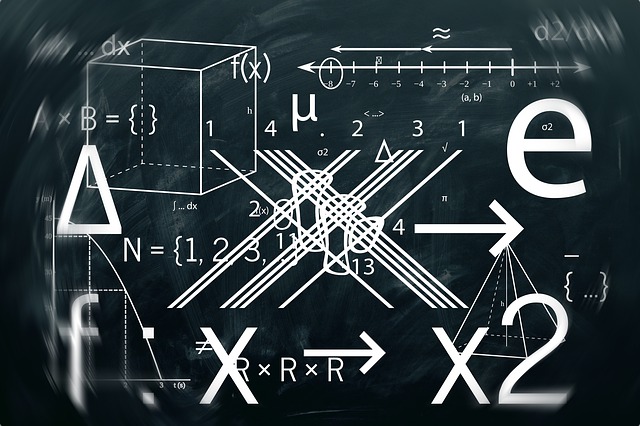What is Echelon Form?
Echelon form implies that the matrix is in one of two states:
- Row echelon form.
- Reduced row echelon form.
This implies the matrix meets the accompanying three necessities:
- The principal number in the row is 1. Note: a few authors don’t necessitate that the main coefficient is a 1; it could be any number.
- Each driving 1 is to one side of the one above it.
- Any non-zero rows are consistently above rows with each of the zeros.
The echelon form of a matrix isn’t remarkable, which implies there are interminable answers conceivable when you perform row decrease. Reduced row echelon form is at the opposite finish of the spectrum; it is one of a kind, which means row-decrease on a matrix will deliver a similar answer no issue how you perform a similar row task.
What is Row Echelon Form?
A matrix is in row echelon form if it meets the accompanying prerequisites:
- The first non-zero number from the left (the “main coefficient”) is consistent with one side of the first non-zero number in the row above.
- Rows consisting of every one of the zeros are at the base of the matrix.
- In fact, the main coefficient can be any number. In any case, the majority of Linear Algebra course readings do express that the main coefficient must be number 1. To add to the disarray, a few meanings of row echelon form express that there must be zeros both above and underneath the main coefficient. It’s, therefore, best to follow the definition given in the reading material you’re following.
What Is Reduced Row Echelon Form?
Reduced row echelon form is a sort of matrix used to explain frameworks of straight conditions. Reduced row echelon form has four prerequisites:
- The first non-zero number in the main row is number 1.
- The subsequent row additionally begins with the number 1, which is further to one side than the main section in the primary row. For each resulting row, the number 1 must be further to one side.
- The main section in each row must be the main non-zero number in its segment.
- Any non-zero rows are put at the base of the matrix.
Transformation of a Matrix to Reduced Row Echelon Form
Any matrix can be transformed into a reduced row echelon form, utilizing a method called Gaussian end. This is especially helpful for unraveling frameworks of direct conditions. Most diagramming calculators have a rref work which will transform a matrix into a reduced row echelon form.
- Computation by hand requires knowledge of rudimentary row tasks, which are:
- Trade one row with another.
- Increase one row by a non-zero steady.
- Supplant one row with one row, in addition to a consistent, times another row.
Also, it isn’t enough just to know the principles, you must have the option to take a gander at the matrix and settle on an intelligent decision about which rule you’re going to utilize and when. You’re attempting to get the matrix into reduced row echelon form, so you’ll likewise need to allude to the four prerequisites toward the start of this article. If you need to change over a matrix to a reduced row-echelon form by giving, it’s a smart thought to utilize one of the calculators above to check your work. Truth be told, if you utilize the Rref calculator, it will even give the row tasks to you.

